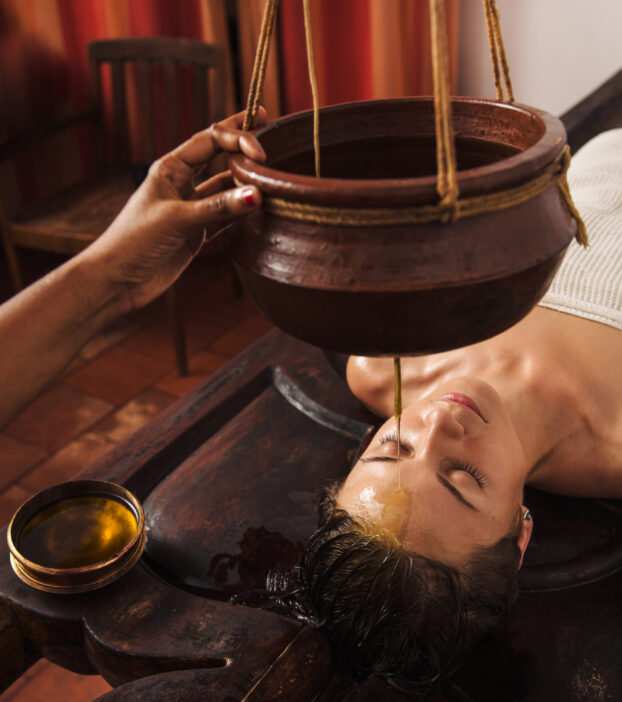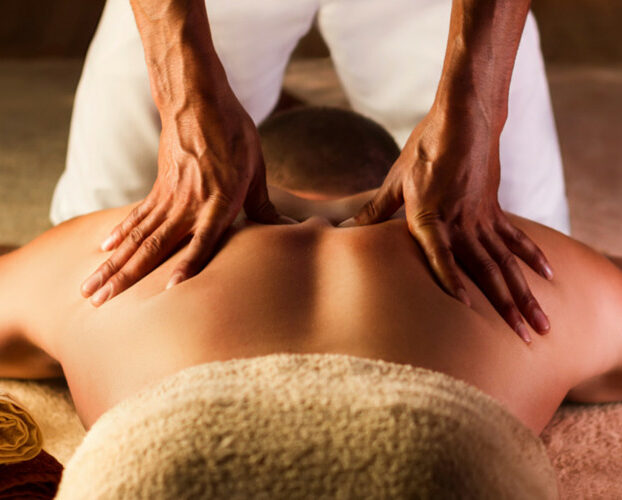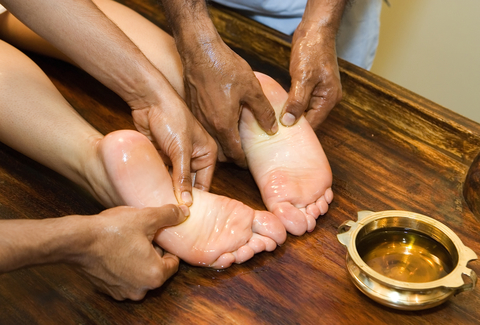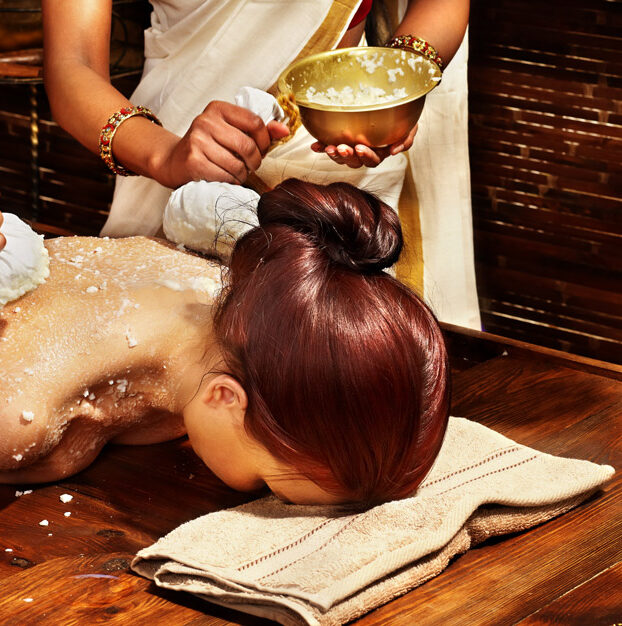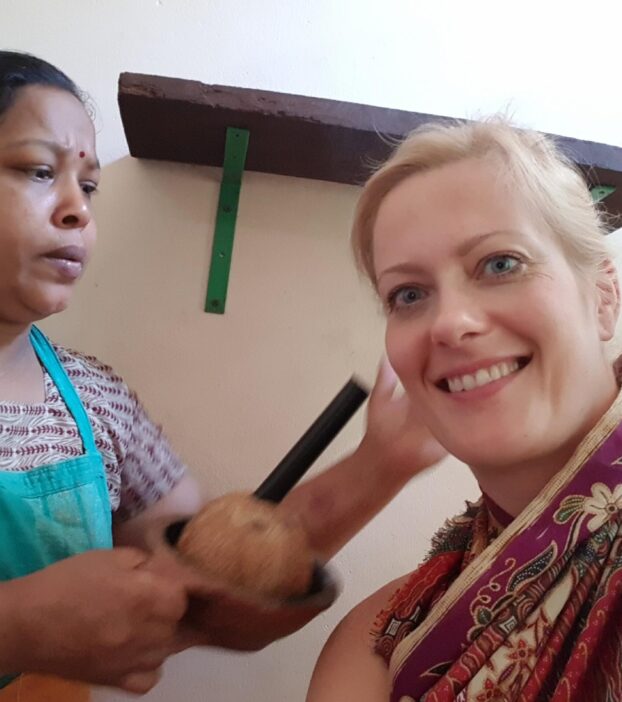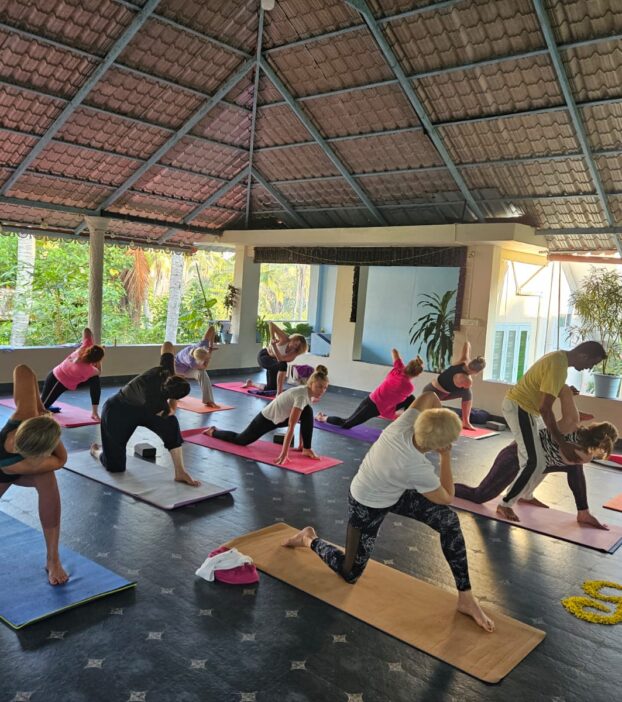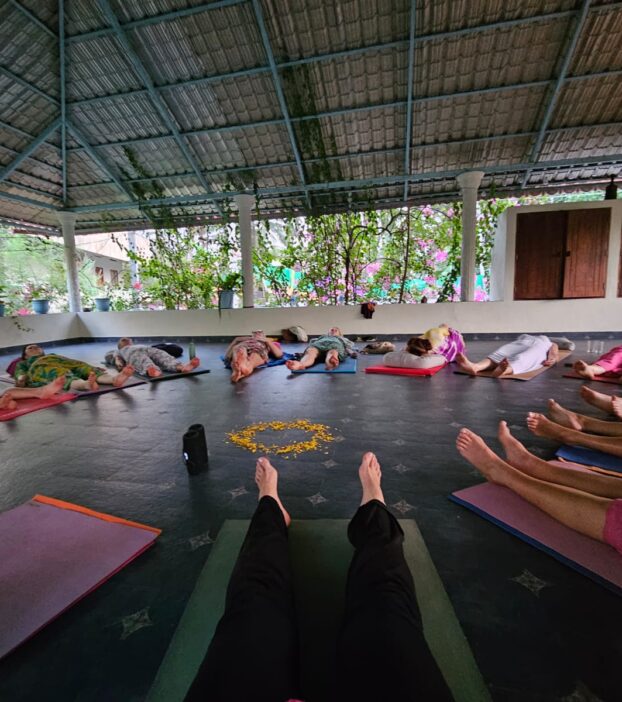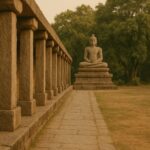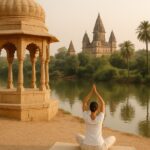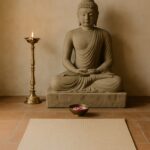What is ayurveda?
Ayurveda is the timeless science of life, nurturing body, mind, and spirit with natural,
personalized care to restore balance and lasting wellbeing. It originates from India from
approximately 5000 years ago, yet its principals and efficiency are time tested and
applicable in today’s life.
- Addresses the root cause of illness
- Offers fully personalized solutions
- Treats with natural remedies
- Focuses on long-term health
What is panchakarma?
Panchakarma is a classical ayurvedic therapy that
involves Pancha (five) karmas (actions) that helps in cleansing the body of accumulated
toxins with an aim to restore health. The 5 actions are: vamana (therapeutic emesis,
induced vomiting), virechana (therapeutic purgation with herbal laxatives), vasti
(medicated enema), nasya (nasal therapy), raktamokshana (bloodletting with leaches).
The ayurvedic doctor, after evaluating your various physical and mental parameters,
decides the right cleansing procedures for you and makes a complete therapy plan.
Panchakarma therapy helps to rekindle the digestive enzymes, as optimal digestion and
absorption are the basis for health and wellbeing. Clinical studies suggest panchakarma
supports the elimination of metabolic waste (ama), regulates digestion and absorption,
and enhances systemic resilience by optimizing immune and neurological functions.
Panchakarma works holistically, purifying both the body and mind.
Before Panchakarma treatment is carried out, certain preparatory steps are needed
(Purvakarma). This helps ensure the body is prepared for the process of detoxification.
This is necessary as a sudden expulsion of toxins may affect the body. The preparatory
processes include:
Snehana or internal oleation by oral consumption of the prescribed medicated
ghee in increasing dosage. As toxins are fat soluble, this is done with an aim to
extract the toxins from the cellular level to the stomach for the ensuing purging
procedure.
Swedana involves generating controlled heat on the body by massaging it with
prescribed oils or powders and herbal steam. The sweating process liquefies the
toxins making them easy to be eliminated.
Once the Panchakarma procedure is complete, the rejuvenation phase follows. The use
of a balanced diet, exercises through yoga, abhyanga (oil massages), and meditation
and mindfulness help to rejuvenate the mind and body.
How does ayurveda work?
Ayurveda focuses on your individual needs and your current state of wellbeing.
According to ayurveda we are one with nature – as is the human body, so is the cosmic
body (Yatha pinde tatha brahmande).
We each have our own equilibrium balance point but our lifestyle and choices drift us
away from that balance and we experience unease in the wellbeing. Ayurveda looks at
the whole world, including us, through 5 elements and their properties. These 5
elements have each and every one certain properties: a characteristic degree of heat or
coolness, moisture or dryness. Depending on if we have drifted away from our personal
balance to too much cold or too much heat, too much moisture or too much dryness, we
experience different characteristic discomforts in body and in mind. By applying this lens
and principles of elements, ayurveda helps you to restore your individual balance and
wellbeing.




